16 Times Antarctica Revealed Its Awesomeness in 2019
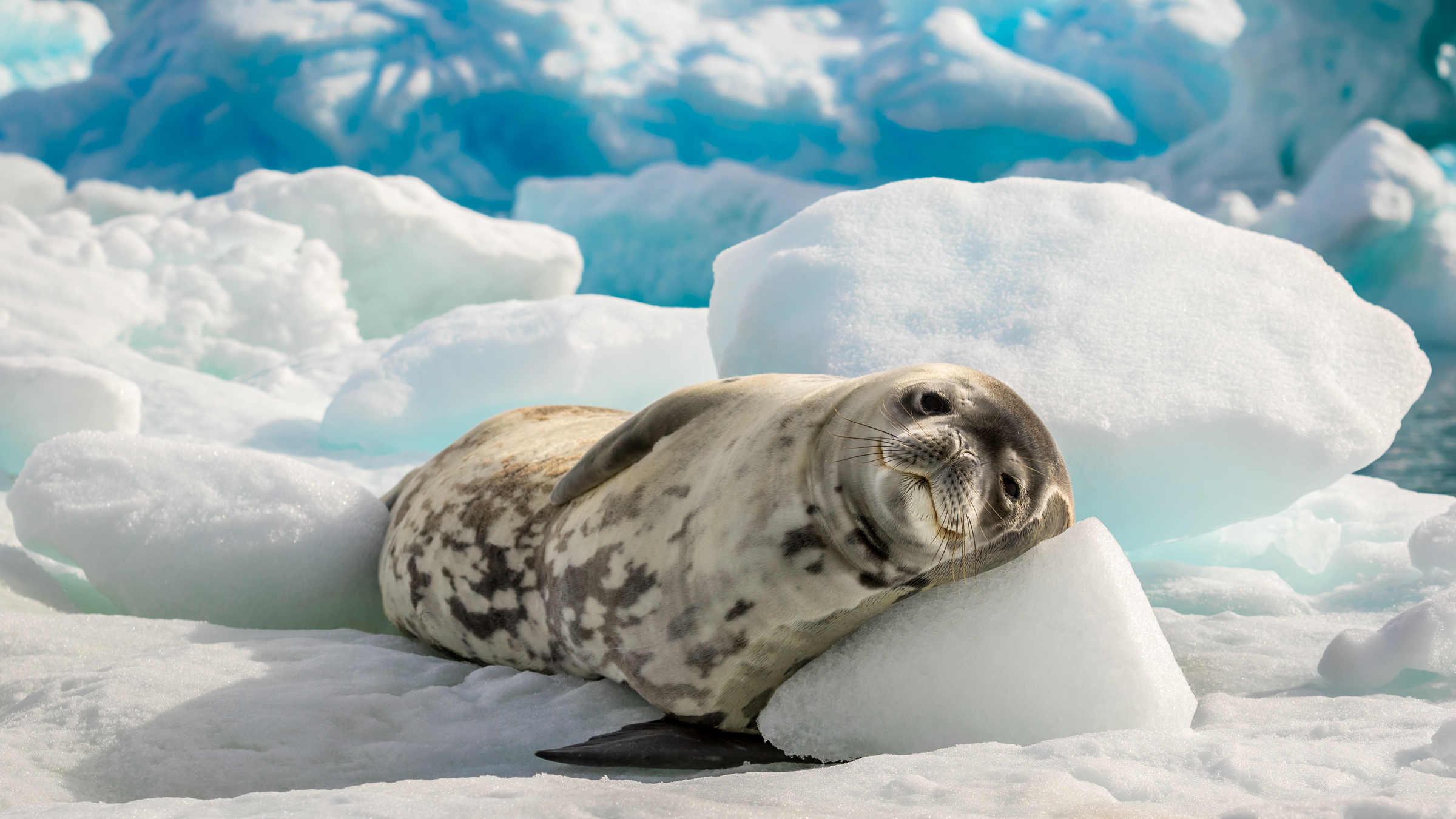
The southernmost continent is an awesome place, in the old-fashioned sense of the word. Precipitous mountains, grinding glaciers and icebergs of every configuration, and a surprising range of colors make up Antarctica's wondrous landscape.
And because the continent is so remote and foreboding, much of this landscape remains unknown. With new tools and new expeditions, scientists are peering into Antarctica's nooks and crannies and even its subsurface, discovering a world that seems unimaginable from more temperate climes. Here are some of the secrets Antarctica revealed in 2019.
A giant and growing void

Imagine an ice cave two-thirds the area of Manhattan and nearly 1,000 feet (300 meters) tall. Hard to envision? It's real, and it's under the Thwaites Glacier in West Antarctica.
The gap between the glacier and the bedrock below was discovered this year by NASA scientists, who say that much of the void was formed from melt that occured in the last few years. Using ice-penetrating, satellite-based radar, they found a void that once held 15 billion tons (13.6 billion metric tons) of ice. The gap may be contributing to the glacier's movement and melt, researchers reported in the journal Science Advances.
A surprising former resident
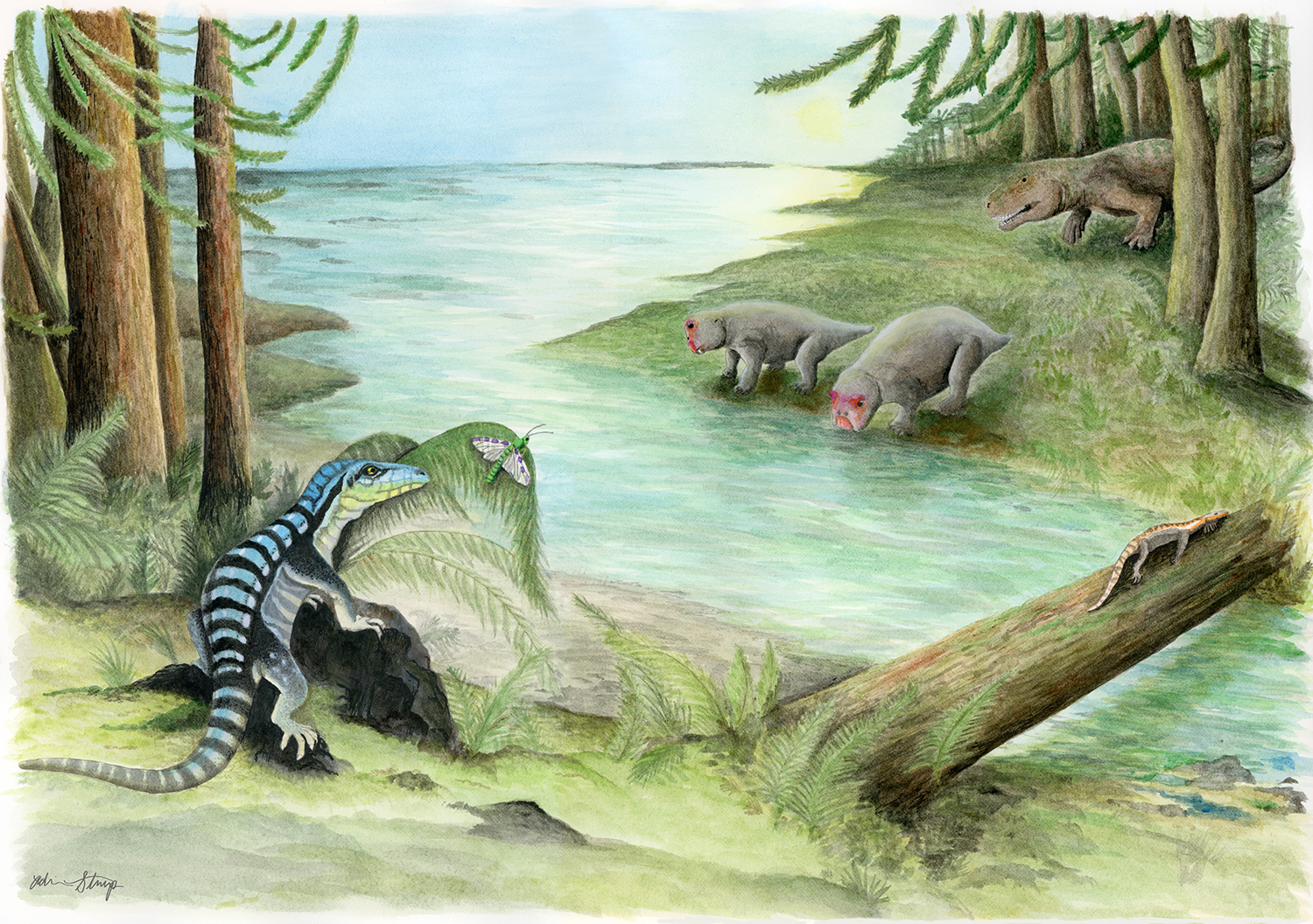
Long ago, Antarctica was a much warmer place, home to dinosaurs and lush plant life. Even before the dinosaurs roamed, an iguana-like Triassic reptile called the Antarctica home.
Researchers announced the discovery of the reptile, dubbed Antarctanax shackletoni, this year. The 250 million-year-old creature was an archosaur, a precursor to the lineage that would branch into dinosaurs, pterosaurs and crocodilians. This animal probably grew to 4 to 5 feet (1.2 to 1.5 meters) long, and scuttled around what was then the Antarctic forest floor.
...and a Loch Ness monster
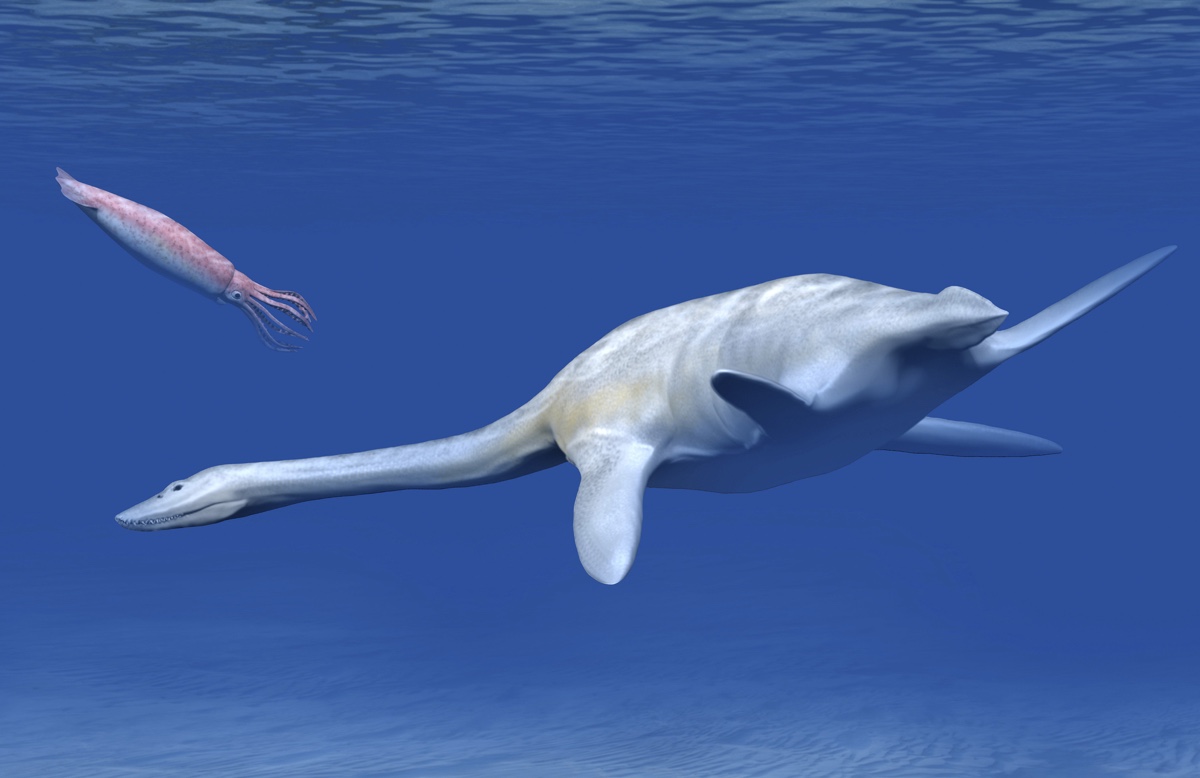
Ancient Antarctica was also home to the world's heaviest elasmosaurid, a plesiosaur of the genus Aristonectes. Paleontologists discovered the long-necked sea creature on Antarctica's Seymour Island in 1989, but they weren't able to finish excavating the enormous fossil until 2017. They ultimately pulled 1,760 lbs. (800 kilograms) of fossilized bone off the island. After examining the specimen, the researchers described the beast this year for the first time.
Get the world’s most fascinating discoveries delivered straight to your inbox.
In life, the Antarctic Loch Ness monster would have been 36 feet (11 m) long and weighed in at a bulky 15 tons (13.4 metric tons). The creature lived only a few tens of thousands of years before the Cretaceous-Paleogene extinction 66 million years ago, when an asteroid collided with Earth and wiped out the non-avian dinosaurs.
A rare lava lake
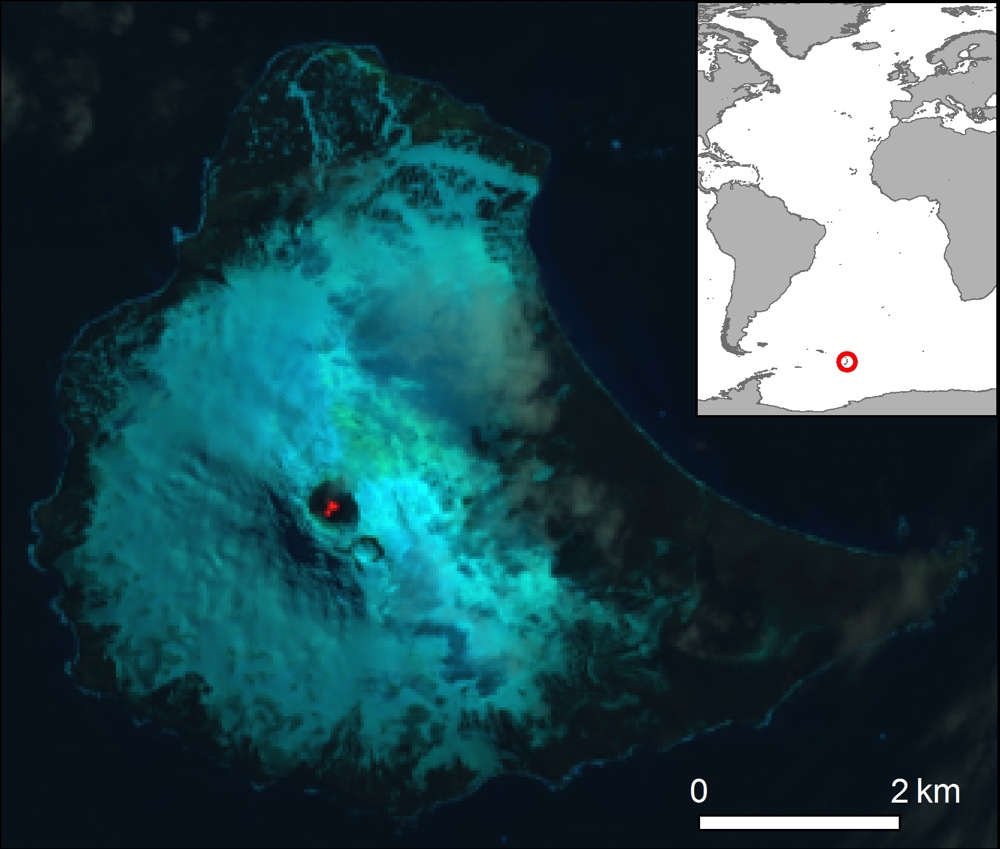
In modern times, Antarctica still holds surprises. Take Saunders Island, a volcanic protuberance in the South Sandwich Islands. The icy crag of Mount Michael, the island's volcanic summit, holds one of only eight lava lakes in the world.
Scientists discovered the crater lake thanks to thermal imaging from satellite data. Unlike most exposed lava on the Earth's surface, the lake remains molten. Its temperature in the lake reaches between 1,812 and 2,334 degrees Fahrenheit (989 and 1,279 degrees Celsius).
Upside-down rivers
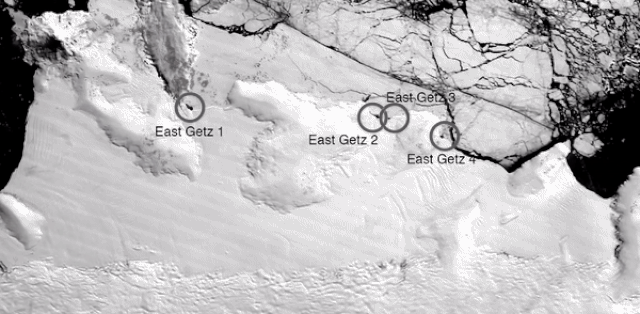
Antarctica's ice sheets are as complex on their undersides as they are up top. A new study published this year found that enormous under-ice rivers of warm water scour the continent's ice shelves from below.
These ice shelves are the portion of the ice sheets that protrude over the ocean. Scientists observed certain areas of the sheets that seemed to sag, crack and sometimes melt through year after year. They found that these areas are undermined by warm ocean currents that flow like rivers, melting the ice above.
Oddly shaped icebergs
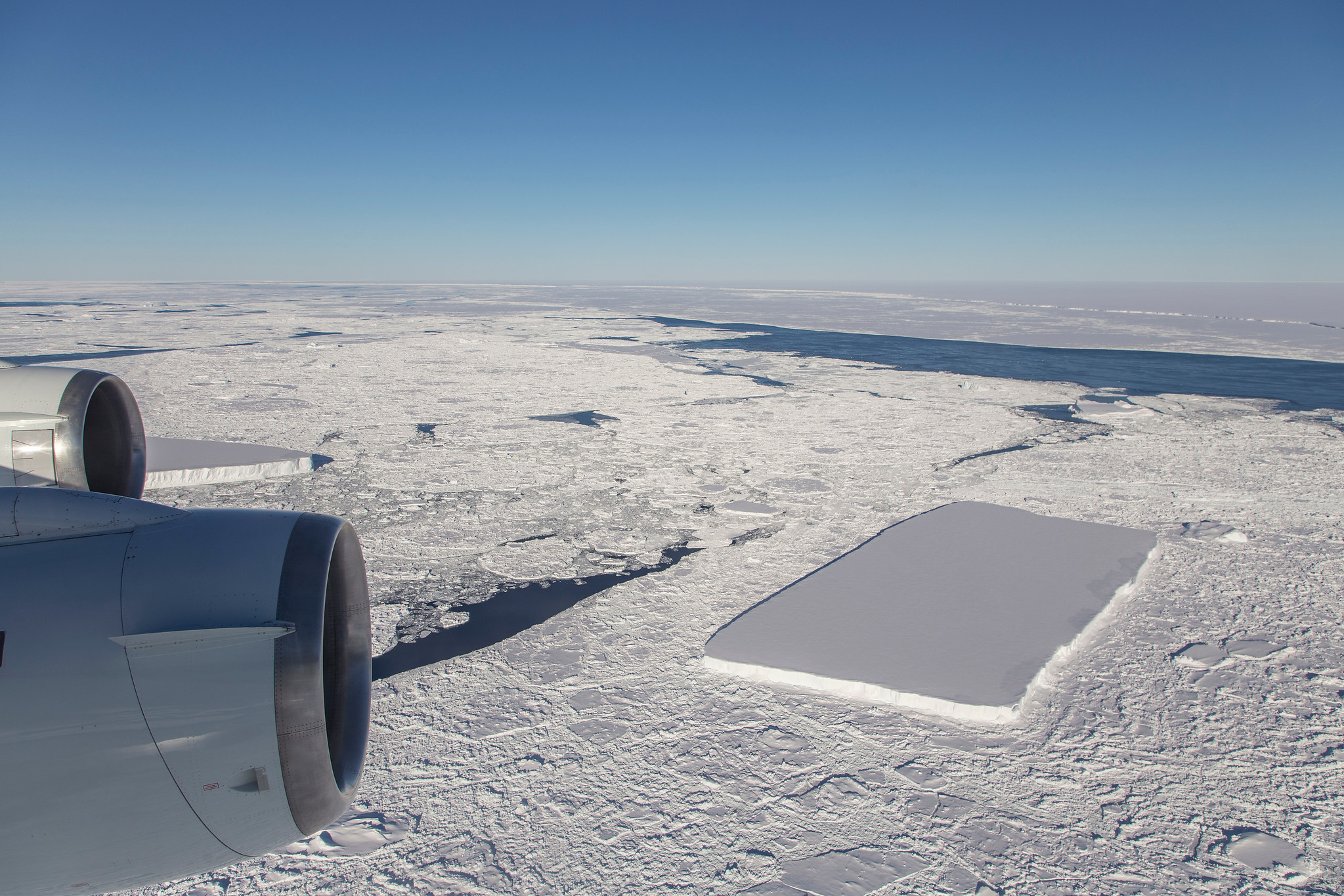
Wind and water sculpt Antarctica's ice into strange shapes, but this takes the cake (and kind of looks like one): In October, scientists snapped aerial photos of floating rectangular 'bergs near the northern Antarctic Peninsula.
The rectangular chunks were shards created by the calving of a huge iceberg, dubbed A68, off the Larsen C ice shelf in 2017. Erosion hadn't yet had time to smooth the rectangular icebergs' corners and straight edges.
And ice that sings
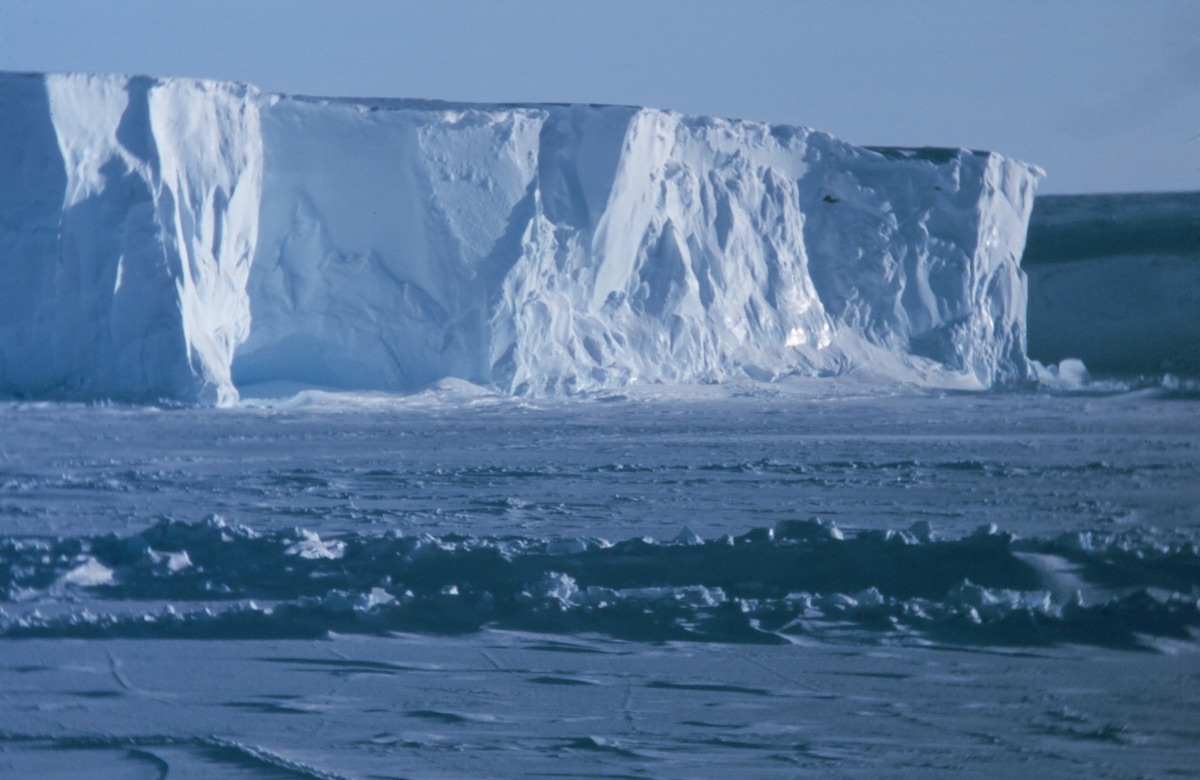
A steady seismic hum animates Antarctica's ice – all the time. Humans can't hear the 5 hertz frequency, but researchers picked up the hum on sensors meant to detect vibrations in the ice. This subsonic singing is caused by the movement of wind against the ice, the researchers reported in October. The song changes subtly when the ice melts or when wind changes the shape of snow dunes, making the sound a possible way to track local changes remotely.
"It's kind of like you're blowing a flute, constantly, on the ice shelf," lead study author Julien Chaput, a geophysicist and mathematician at Colorado State University in Fort Collins, said in a statement.
Strange particles
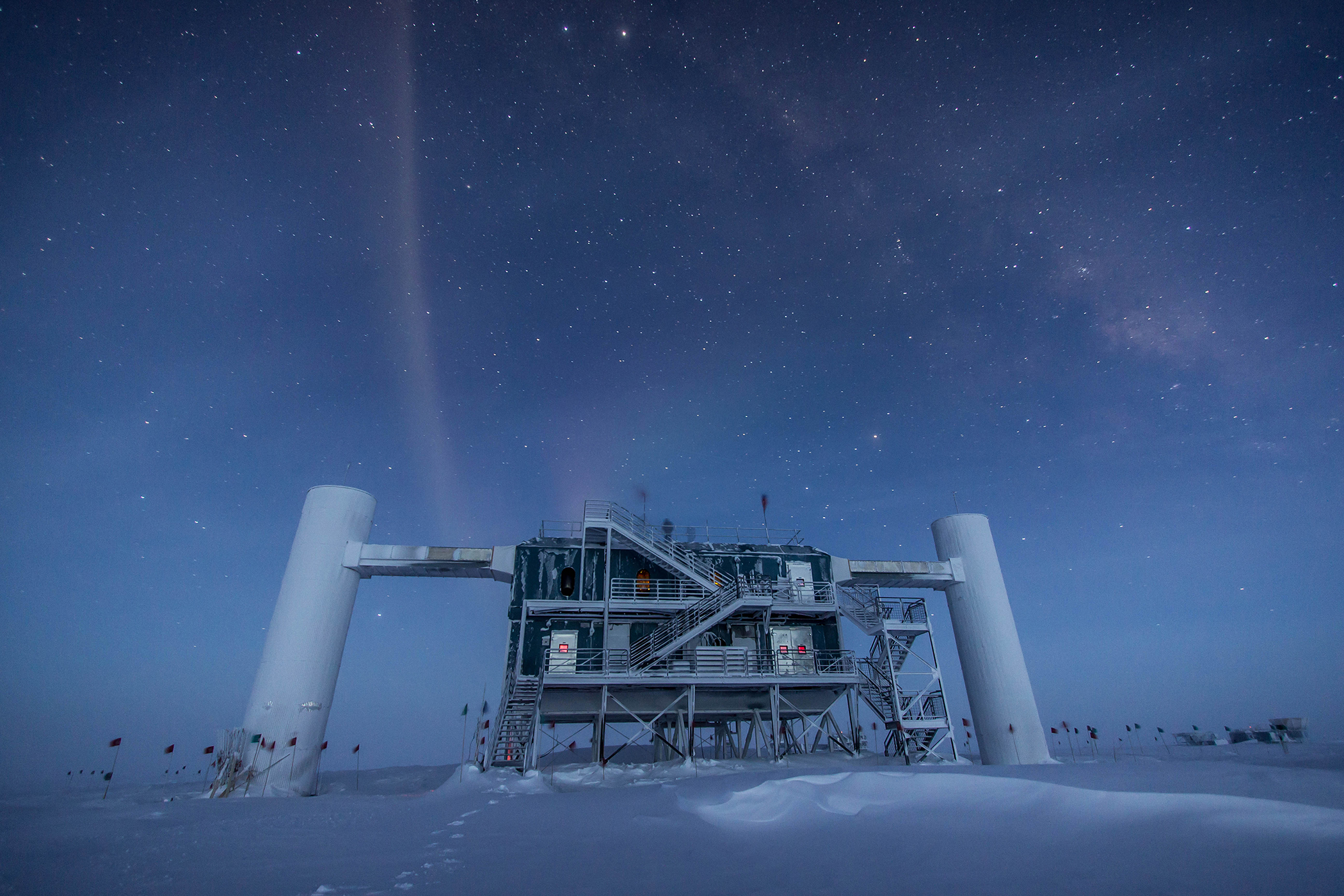
Antarctica's relative peace and quiet makes it a useful place for physicists to hunt for quick-moving cosmic rays and elusive elementary particles. Recently, though, the region's ice hasn't only been absorbing these particles from space, but seemingly spitting them out, too.
Researchers aren't sure what to make of measurements from NASA's Antarctic Impulsive Transient Antenna and the IceCube observatory, both of which are designed to detect space-based phenomena. So far, the identity of the particles detected over Antarctica remains a mystery.
Extreme life
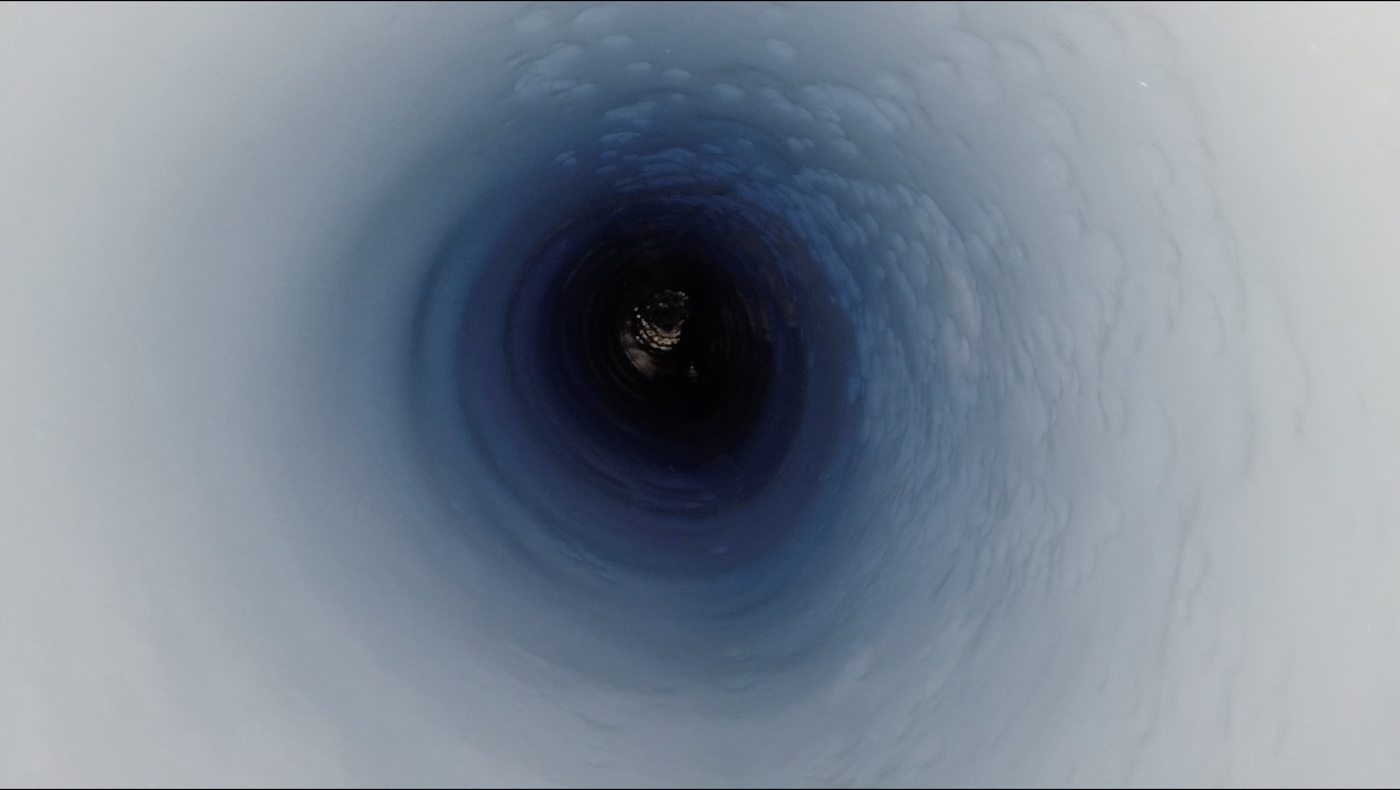
Antarctica — other than penguins, not much there, right? Well, maybe not. Under half a mile of ice just a few hundred miles from the South Pole, bacteria thrive.
Researchers led by ecologist John Priscu at the University of Montana drilled into Lake Mercer beneath the West Antarctic ice sheet and found that it was full of life. They measured 10,000 bacterial cells per milliliter of lake water.
That is only about 1% of the amount of ice in open-ocean water, but surprising for such a cold, sunless spot. Researchers say that these bacteria could provide clues about the kinds of life that might evolve on far-flung planets like Mars.
And a very deep hole
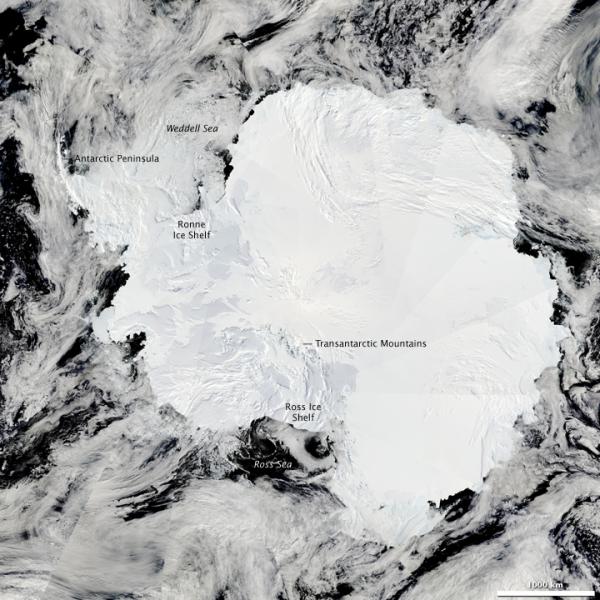
As of January 2019, West Antarctica hosts a world record: the deepest hole ever drilled on the continent. A British Antarctic Survey-led project drilled the hole with the goal of monitoring changes within the area's ice sheet. Using hot water to melt a channel in the ice, the researchers drilled to a depth of 7,060 feet (2,152 meters).
It's not the deepest hole ever drilled on Earth, by far. That honor goes to the Kola Superdeep Borehole in Russia, which penetrated 40,230 feet (12,262 m) into Earth’s crust. That borehole took 20 years to dig, compared with just 63 hours for the West Antarctic hole.
Shackleton's lost ship — almost
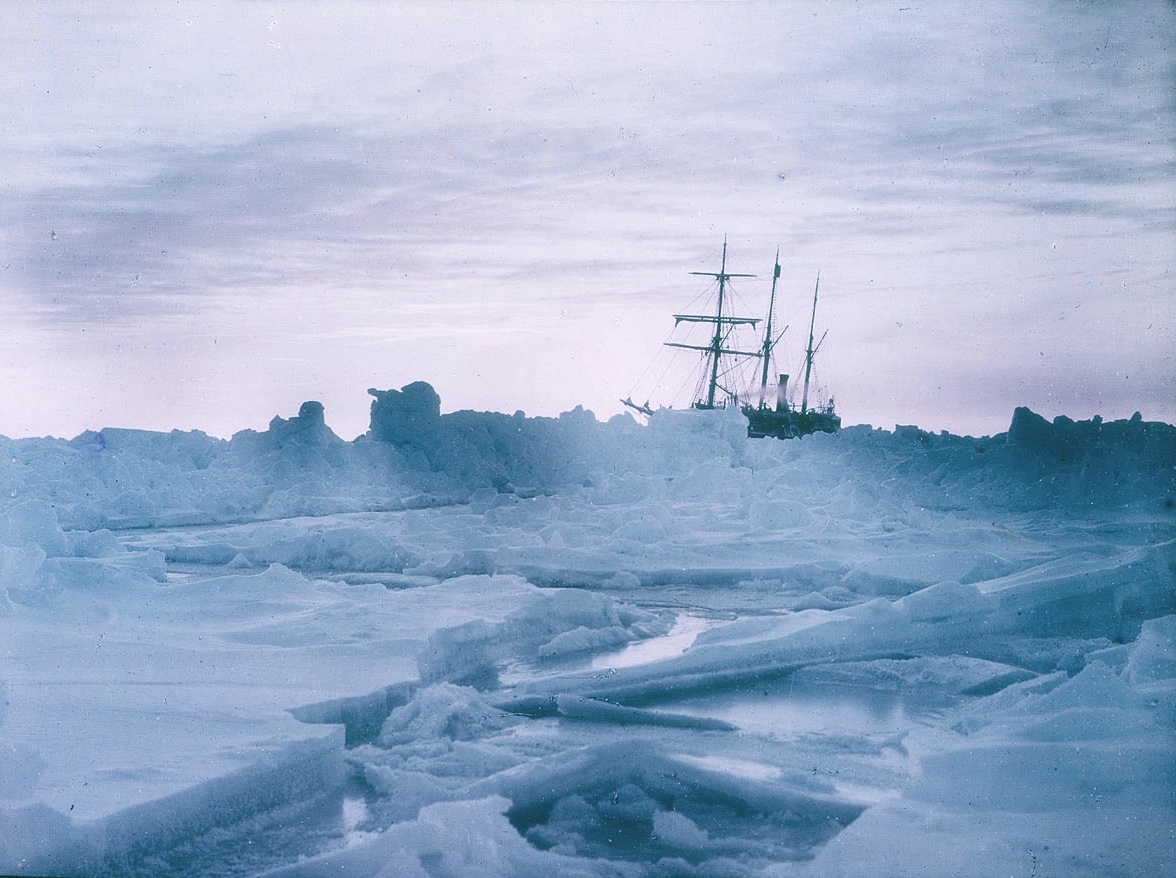
In 1915, the Endurance, helmed by Sir Ernest Shackleton, slipped beneath the Weddell Sea, crushed by the Antarctic's relentless ice. Shackleton and his men abandoned the ship, which had been trapped in pack ice for months. They set off on a 720-nautical-mile journey in lifeboats toward South Georgia Island, where they were rescued. The crew recorded the last position of the Endurance, though, raising hopes that its wreck might someday be found.
A 2019 expedition got close — but the Antarctic wasn't ready to release the Endurance just yet. On the final leg of its mission to the wreck site, the Weddell Sea Expedition lost its sea-going drone under the ice and had to call it quits.
Red ice, green ice...?
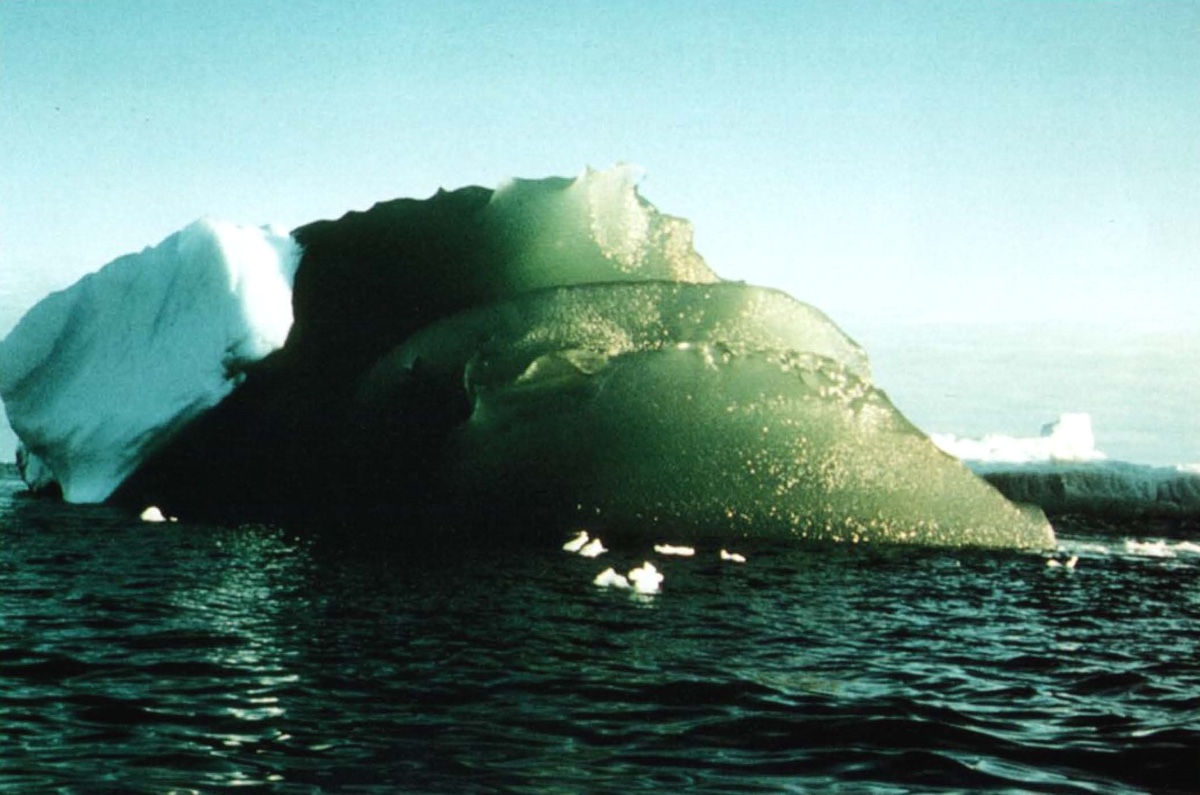
Though ice is usually white or blue, Antarctica also hosts ice in some surprising hues. The famous Blood Falls in the McMurdo Dry Valleys is — as the name would indicate — an iron-rich red. And then there are the green icebergs. Researchers had never known until this year why some Antarctic icebergs are a striking shade of green, but now they have a theory: The hue may come from iron-oxide dust, carried by glacial ice into the sea.
Icequakes demystified
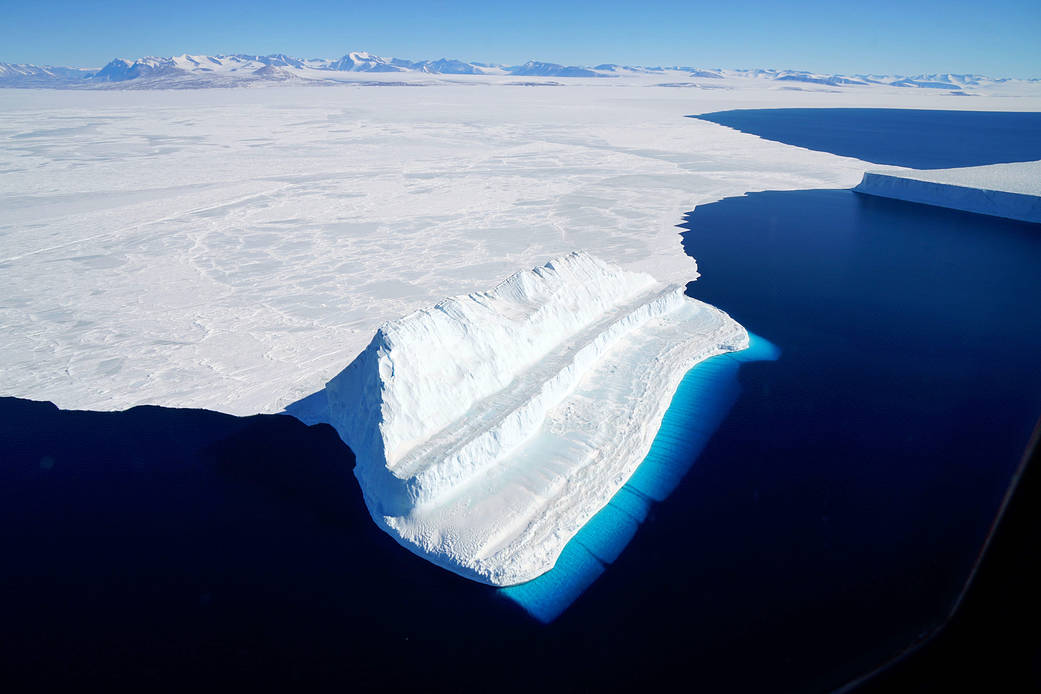
Seismic sensors in Antarctica capture thousands of tiny earthquakes throughout the melt season. These quakes can't be felt by humans, but now scientists know why they're happening. When ice-covered puddles of water begin to re-freeze at night, the expansion of the water warps the “lid” of ice on top. With enough pressure, the film of ice breaks, creating a tiny tremor that is picked up on seismographs. Researchers are now working to figure out how this thaw-freeze-thaw cycle might play into the larger dynamics of the ice sheets.
Gaping holes explained
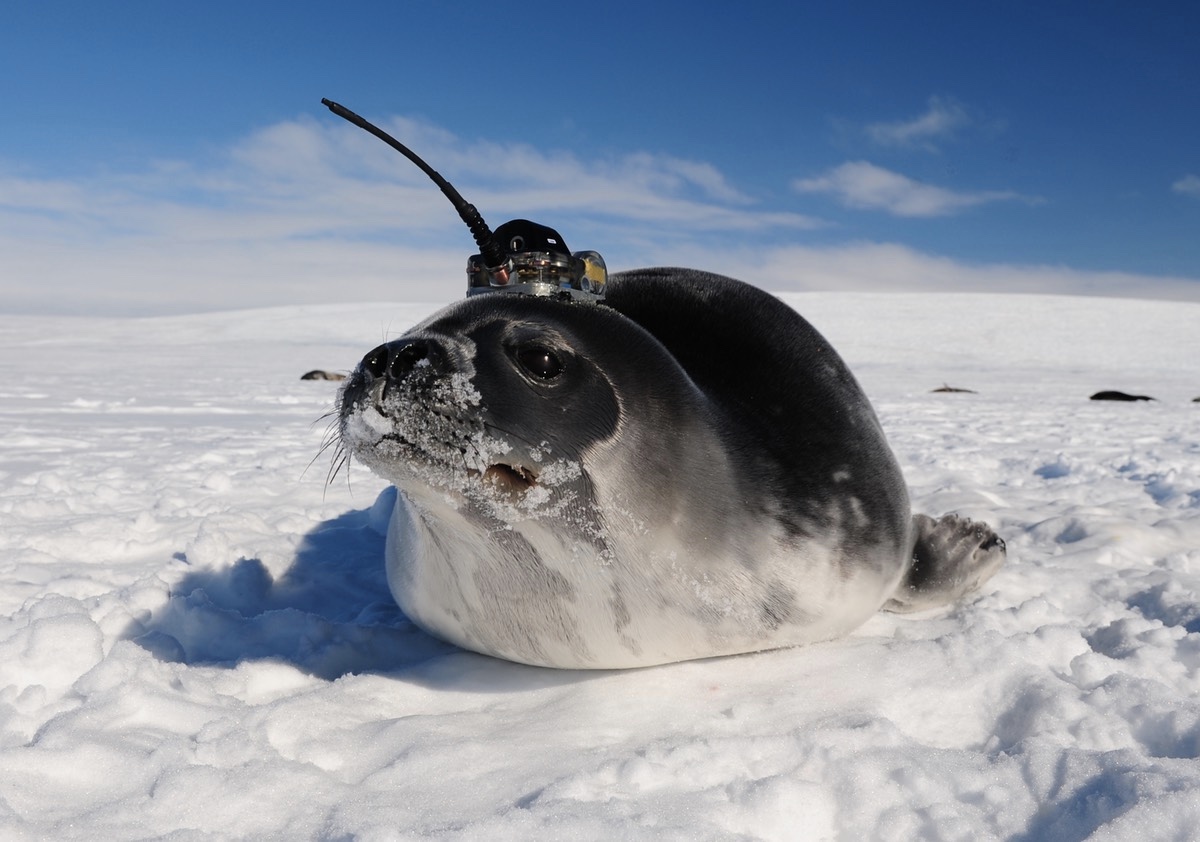
Another Antarctic mystery: gaping holes in the ice called polynyas, which pop up even in winter, when the ice pack is at its thickest.
In June, researchers reported that they might know why these polynyas exist in the sea ice. Using satellite tags attached to wild seals, the scientists gathered water data and compared it to the timing of polynyas opening and closing. They found that polynyas form when the combination of ocean currents and strong, stormy winds is just right. The polynyas also release a lot of heat from the underlying ocean, which may further influence local weather and wind patterns.
Stardust older than the sun
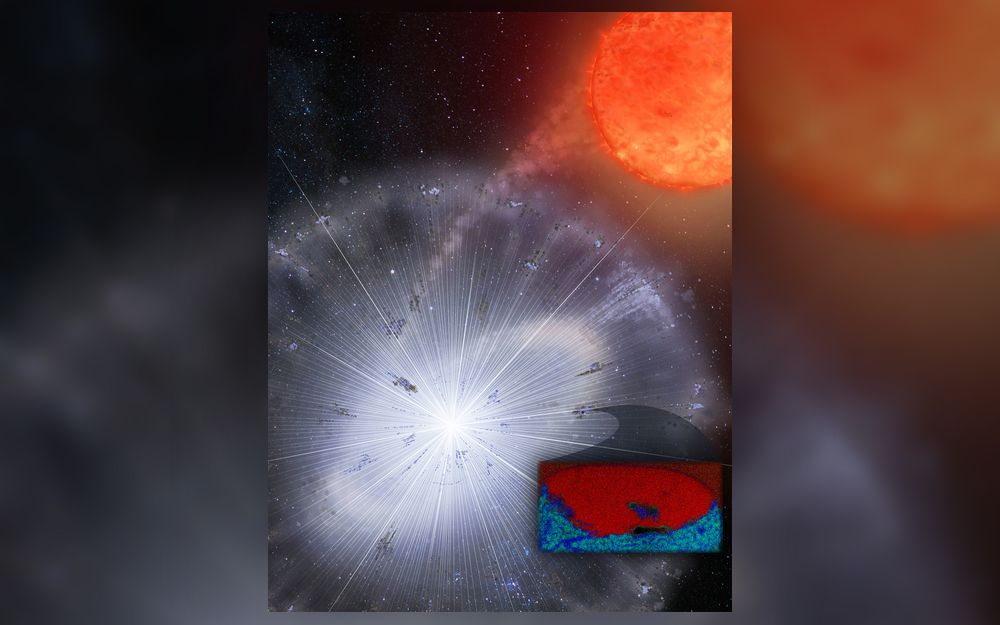
Antarctica is fertile ground for meteorite hunters, because the space rocks that land there accumulate in glaciers and tend to become concentrated. One of these meteorites turned up something incredible, scientists reported in April. One of its grains, just 1/25,000 of an inch in size, is a speck of dust from a star explosion called a nova. The dust speck is older than the sun and holds clues to the composition of the early solar system.
Earth's oldest ice
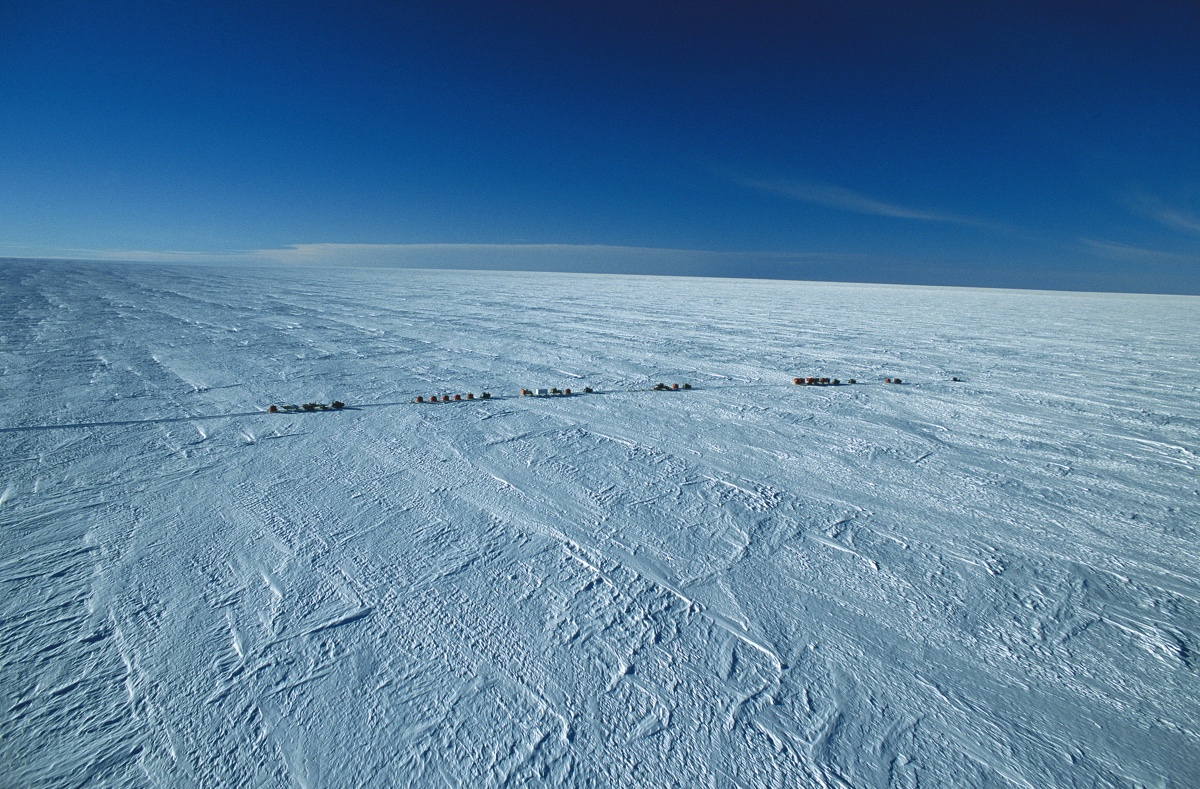
Antarctica's groaning ice sheets likely contain the oldest ice on Earth, and scientists are hunting it down.
In April, researchers with the "Beyond EPICA-Oldest Ice" mission announced that they are starting a five-year project to drill into Little Dome C, a location near the Concordia research station on the Antarctic Plateau. About 1.5 miles (2.7 km) down, the team expects to find ice that has been frozen in place for between 800,000 and 1.5 million years.
Originally published on Live Science.

Stephanie Pappas is a contributing writer for Live Science, covering topics ranging from geoscience to archaeology to the human brain and behavior. She was previously a senior writer for Live Science but is now a freelancer based in Denver, Colorado, and regularly contributes to Scientific American and The Monitor, the monthly magazine of the American Psychological Association. Stephanie received a bachelor's degree in psychology from the University of South Carolina and a graduate certificate in science communication from the University of California, Santa Cruz.


